 |
 |
 |
 |
 |
 |
|
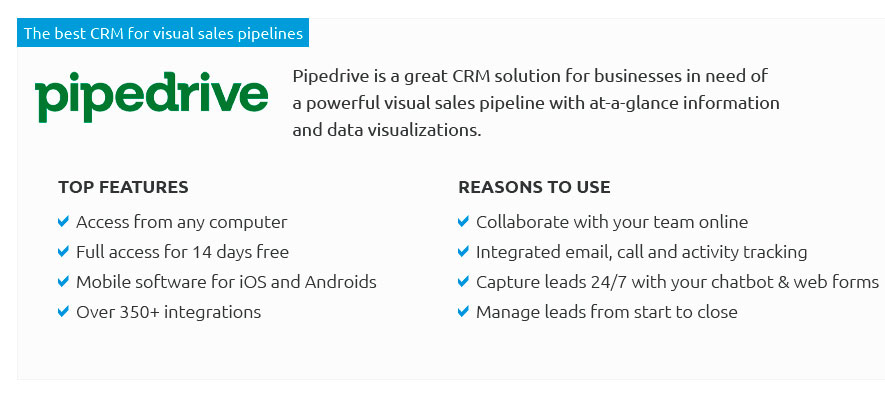 |
|
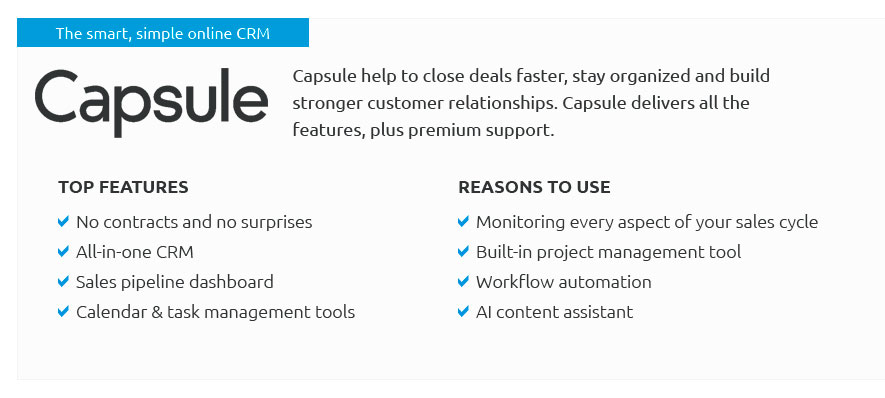 |
|
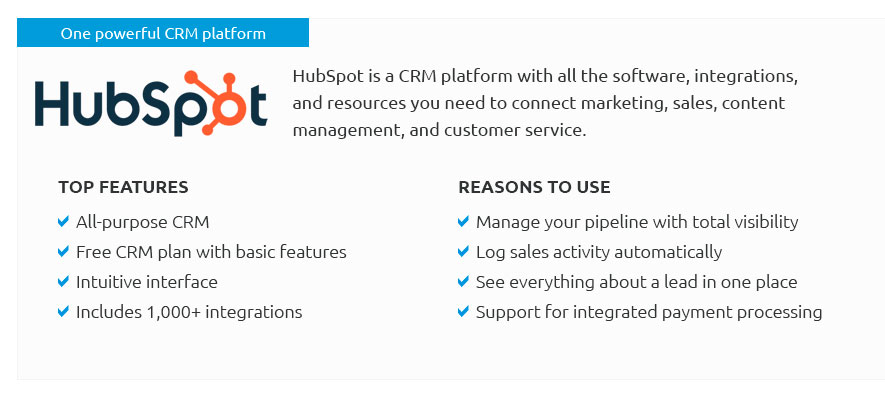 |
|
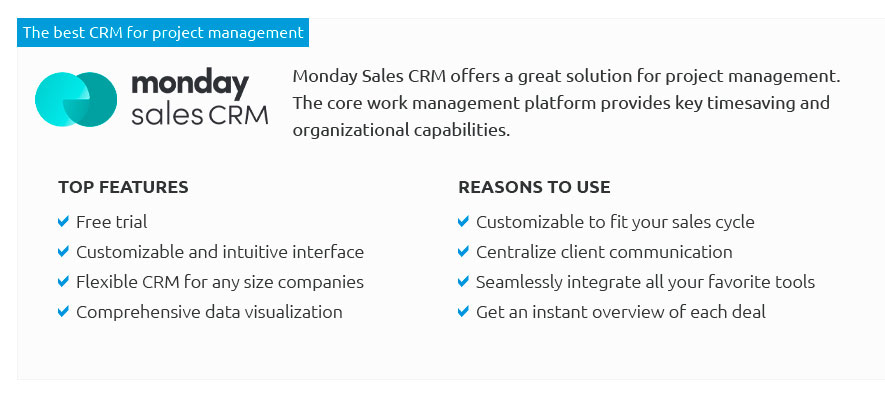 |
|
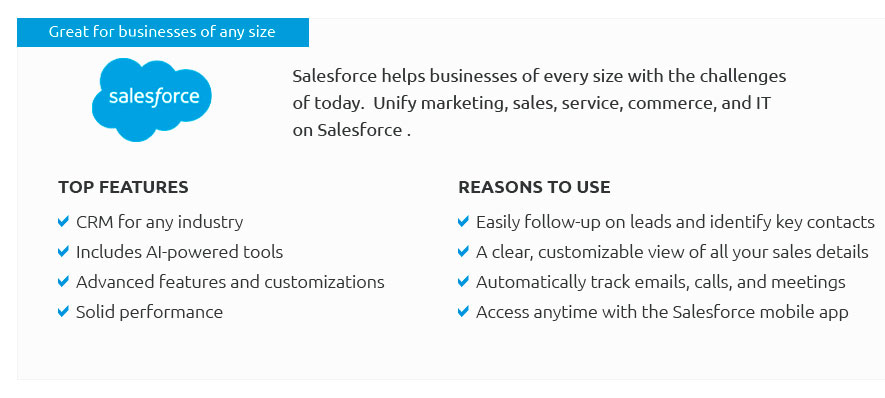 |
|
 |
 |
Exploring the World of Project Calendar Templates: A Comprehensive OverviewIn the ever-evolving landscape of project management, staying organized and on track is paramount. This is where project calendar templates come into play, offering a structured approach to managing tasks, deadlines, and resources. With a plethora of options available, choosing the right template can significantly impact your team's productivity and efficiency. Project calendar templates serve as an invaluable tool for project managers, enabling them to visualize the timeline of a project, allocate resources effectively, and ensure that everyone involved is on the same page. But with so many templates to choose from, how does one decide which is the best fit for their project needs? Let's delve into some of the most popular options available today, examining their features, benefits, and potential drawbacks. Microsoft Excel is a classic choice for many, owing to its versatility and widespread use. Excel templates for project calendars are readily available and can be customized to suit specific project requirements. The primary advantage of using Excel lies in its familiarity; most professionals have a basic understanding of its functionalities. However, its limitations become apparent in larger projects where more dynamic updates and collaborative inputs are required. In contrast, Google Sheets offers a more collaborative environment. Its cloud-based nature allows multiple users to edit and update the calendar simultaneously, making it ideal for teams that prioritize real-time collaboration. The integration with other Google Workspace tools also adds to its appeal, though it might lack some of the advanced features found in dedicated project management software. For those seeking a more specialized solution, project management platforms like Asana and Trello provide built-in calendar views that are tailored specifically for project tracking. Asana offers a robust set of features, including task dependencies and milestone tracking, which can be critical for complex projects. Its user-friendly interface and integration capabilities make it a favorite among tech-savvy teams. Similarly, Trello uses a card-based system that is highly visual and intuitive, although it may fall short for projects requiring intricate scheduling and resource management. Another noteworthy mention is Smartsheet, which combines the best of spreadsheet functionality with project management features. It allows for detailed project planning with options to create Gantt charts and detailed task lists, appealing to those who prefer a more analytical approach. However, its complexity can be daunting for beginners. When considering a project calendar template, one must also factor in the nature of their project and team dynamics. For teams that thrive on collaboration and flexibility, Google Sheets or Trello might be the best fit. In contrast, those who need detailed tracking and resource management might lean towards Asana or Smartsheet. Ultimately, the ideal template is one that aligns with the project’s scope, the team’s workflow, and the desired level of detail and collaboration. In conclusion, the world of project calendar templates is vast and varied, offering something for every type of project and team. By weighing the pros and cons of each option, project managers can select a tool that not only enhances productivity but also fosters a cohesive and well-coordinated team effort. After all, the right template is more than just a schedule-it's a roadmap to project success. https://www.smartsheet.com/content/project-calendar-templates?srsltid=AfmBOorSIjMpYnBPN0qcE8ivtrz14QpLZTP_pIY7IShNQYx-0vBJQUYV
a wide range of pre-built project calendar and timeline templates available in Excel, Word, Google Sheets, and PowerPoint formats to help ... https://www.projectmanager.com/templates/project-calendar-template
Part of a project calendar is managing your team's schedule. Our free work schedule template for Excel allows you to chart out the working days for your team ... https://www.notion.com/templates/category/project-calendar?srsltid=AfmBOooe6ippikaCXXehSAJykyN3OAyqZsP63FFmAqZJ5xfE673wuj89
Effortlessly manage your deadlines and tasks with Notion's project calendar templates. Easily track progress, assign responsibilities, and collaborate with ...
|